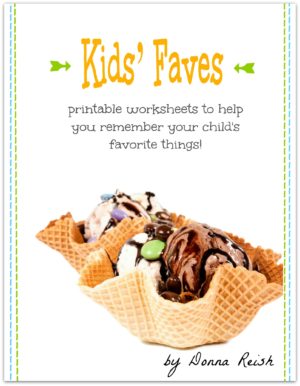by Donna | Jan 27, 2011
When it comes to little kids (second through fifth grade) learning prepositions, I have found that it is helpful to teach them prepositions in a way that emphasizes what prepositions are for and how they are used. (Again, memorizing is fine, but if they can learn them and at the same time learn about using them, that’s even better!)
One way that we begin teaching kids prepositions is by teaching them how to “show position”—since that is what prepositions do.
We begin with the concept that “prepositions show position”! Once they learn that rhyme, we have them practice prepositions with a “Preposition Practice Pal” (PPP) and a bathroom tissue tube.
A PPP can be an army man, Polly Pocket, Lego guy, or any little toy animal or person. The student uses that little PPP and the bathroom tissue tube to show position of the PPP to the tube—and thus to practice prepositions.
Consider if my PPP were Birdie (though it could be Polly, Kitty, Joe, Superman, etc.), and I held it up in relation to my bathroom tissue tube. See how many prepositions fit in the sentence using the two objects:
Birdie flew _________________ the tube.
Practice prepositions with the PPP and bathroom tissue tube—and see how many prepositions you can name. Tomorrow I will give you a list of prepositions that fit with Birdie! J
Note: If you are stuck, think Birdie flew above the tube; Birdie flew around the tube…get creative with your PPP and tube! It helps to actually move your PPP in positions with your bathroom tissue tube.
by Donna | Jan 26, 2011
Today I will give you a preposition list. Many grammar and language arts programs have students memorize prepositions in alphabetical order, assuming this is the most advantageous way to learn them. I am not opposed to that entirely; however, whenever possible, I prefer memorization techniques in grammar that will help the student also know the purpose for the word or part of speech. (This isn’t always possible, I know. But with prepositions there are some simple memory tricks that can help students not only learn prepositions but also learn the reason for them/how to use them. Those will follow in the coming days.)
Today I will give you an incomplete preposition list (since there is no such thing as a complete preposition list!). In days to come, these will be divided to aid in retention.
Aboard
About
Above
Across
Across from
After
Against
Ahead
Ahead of
Along
Alongside
Alongside of
Along with
Amid
Amidst
Among
Amongst
Anti
Around
As
Aside
Aside of
Aside from
Astride
At
Atop
Atop of
Away
Away from
Barring
Before
Behind
Below
Beneath
Beside
Beside of
Besides
Between
Betwixt
Beyond
By
By means of
Circa
Concerning
Considering
Despite
Down
During
Except
Except for
Excepting
Excluding
Following
For
From
In
Inside of
In between
In spite of
In regards to
In case of
In place of
In front of
In addition to
In back of
In accordance with
Into
Like
Minus
Near
Next to
Notwithstanding
Of
Off
Off of
Off the top of
On
Onto
On top
On top of
Opposite
Opposite of
Out
Out of
Outside
Outside of
Over
Past
Per
Plus
Regarding
Round
Save
Since
Than
Through
Throughout
Till
To
Towards
Under
Underneath
Unlike
Until
Unto
Up
Up to
Upon
Versus
Via
With
With regards to
Within
Without
See the last two days of posts to learn more about why someone should learn prepositions!
by Donna | Jan 23, 2011
January is “word” month here at Language Lady 365, so today I have another Wacky Word pair for you…and more”Tricky Tricks to Help It Stick”!
Do you know when to use further? How about when to use farther? Most people do not–I know I didn’t know until I began writing language arts books!
Here’s the scoop:
1. Farther is for going distances: I ran farther than he did OR He drove farther than I did.
2. Further is for other uses, such as thinking or understanding: Let me explain this further.
Of course, I have “Tricky Tricks to Help It Stick”:
1. fArther–has an A in it and is for Area…distances
2. fUrther–has a U in it and is for Understanding (you further your thinking or go further in college or make your point further..)
Hope this helps! Don’t forget to join us next week for “Homework Help” here at LL 365!
by Donna | Jan 21, 2011
It was so simple in my mind—banks loan money; friends lend a hand. Use loan for money and lend for everything else. Until I found out that, that is the British rules, not the
US unwritten rules! Agggh….
US rules follow the loan is a noun and lend is a verb. Stuffy grammarians would not approve of my “loan money; lend a hand” philosophy.
So…if you are not concerned about impressing the grammarians of the world (especially US ones):
- Always loan money (or never do if you want to keep friends and family!)
- Always lend a hand…and anything else someone wants to borrow (but do not expect to get it back!)
If you are a stickler for
US vs British grammar rules, and you are in the
US:
- lOAn is a nOUn (two vowels each)
- lEnd is a vErb (one noun; e)
Regardless, always remember to lend a hand to those in need! Smile…



